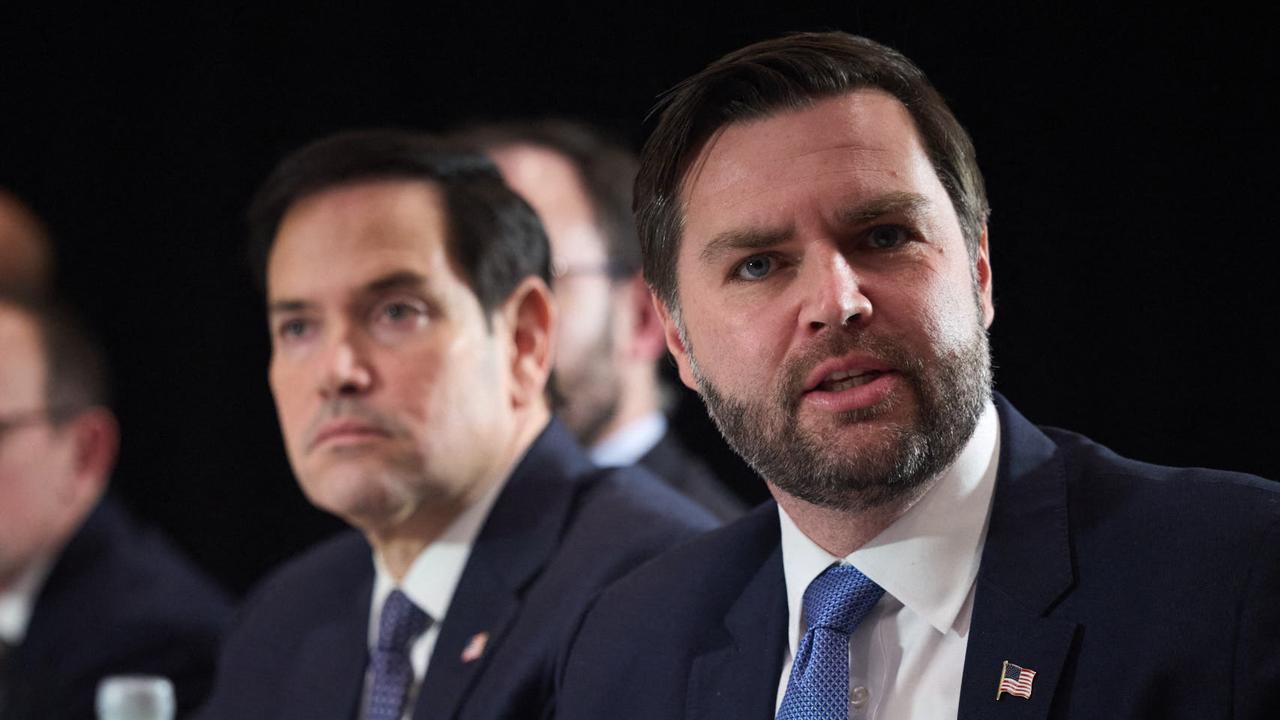Pedophile Gerald Ridsdale may be dead, but questions remain about his disgraceful life

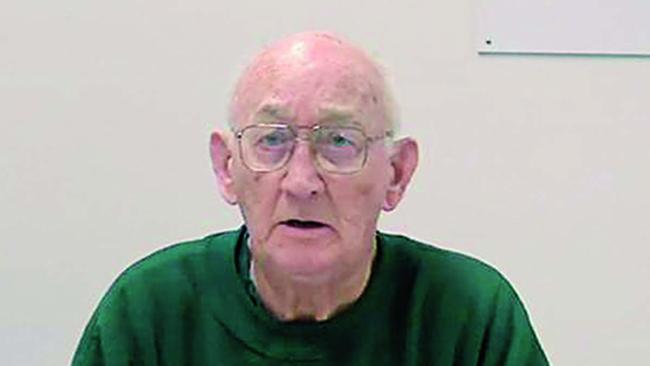
The end has come to the terrible life of prolific child sex offender Gerald Ridsdale, a former Catholic priest who died in jail aged 90.
According to one of his victims, Steve Blacker, there is nothing more to be said about the disgraceful life of Gerald Ridsdale. Blacker was nine years of age when he was raped by Ridsdale in the confession box at St Colman’s Church in Mortlake in 1982.
On convictions alone Ridsdale’s victims number more than 70. Just last year, Risdale faced further charges — two counts of buggery and eight sexual assault charges against children. On video link to the court, propped up in his bed at Port Phillip Prison’s hospital, Ridsdale pleaded guilty, as he has always done.
The real victim count is much higher. Possibly as many as a thousand children fell prey to Ridsdale in western Victoria, in Sydney and in the US. Over little more than a year in the early 1980s it is said Ridsdale abused virtually every boy aged between eight and 14 in the town of Mortlake.
How was this monster created? How was he allowed to commit offences against children for more than 30 years with impunity?
In 1975 in Inglewood, Ridsdale’s offending became known to adult parishioners and complaints were made to police. The senior police officer in the town 45 kilometres northwest of Bendigo, made a representation to Mulkearns to have the priest removed from the parish. That practice would become the norm. When Risdale’s offending became known to parishioners or police, Mulkearns would simply move his priest onto pastures new. In another small town, Edenhope, angry parishioners came banging on the presbytery door looking for Ridsdale who had fled his parish in the dead of night.
Why was he not charged in 1975? Hundreds of victims are entitled to the belief that had police acted properly in Inglewood, they would have been spared the trauma, the pain and the sorrow of sexual abuse at the hands of Ridsdale.
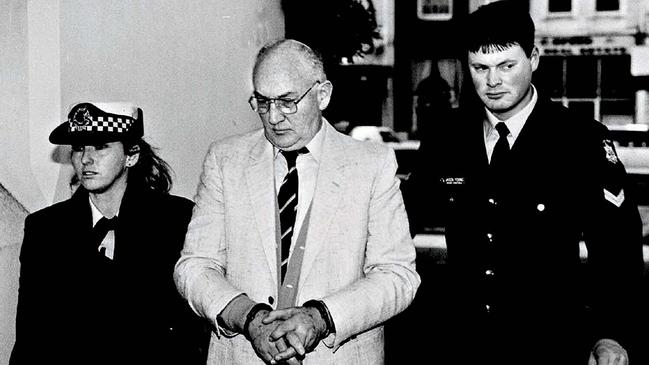
Evil beyond human comprehension
One victim who cannot be named told me that he was raped by Ridsdale in the confines of his own home in Mortlake. Ridsdale tidied himself up and then drove the 50-kilometre trip to Warrnambool where he administered the last rites to the victim’s father who was seriously ill with cancer.
That speaks of an evil that is beyond human comprehension, of an offender whose perversity had no limits and no expectation of consequence. The broader story is that this victim was the second of three boys in the family. The eldest boy had also been raped by Ridsdale. The youngest boy had been sexually assaulted but did not allege that he suffered penetrative rape.
Several years later, the boys’ mother learned of the outrages perpetrated against her three children and contacted the sex crimes unit in Melbourne. In 1985, detectives visited the home and took statements from the mother and the three boys.
The youngest boy’s allegations were the subject, in part, of Ridsdale’s first appearance before the courts. In 1993, Risdale was charged with 30 counts of indecent assault against the youngest brother and eight other victims aged between 12 and 16. Risdsdale was sentenced to a year in prison with a non-parole period of just three months.
The two older boys’ allegations were not acted on. Almost 30 years later, the middle boy contacted VicPol’s Sano Task Force to ask what had happened to his statement and why his allegations had not led to serious criminal charges. He was told that the statement had been lost. His older brother’s statement had also disappeared. To their credit, the task force did pursue the allegations and these became part of another round of convictions for Risdale, this time in 2019.
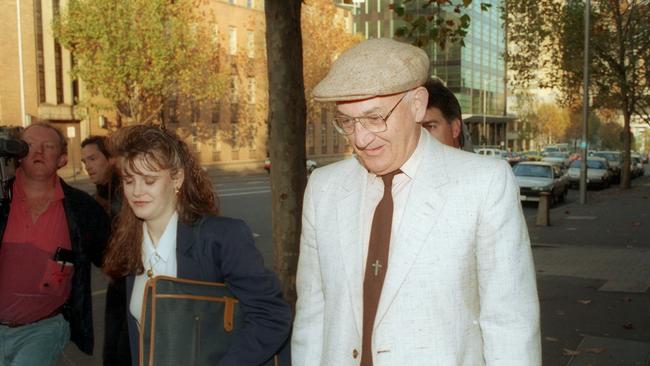
Justice had finally been served 38 years after the offences had occurred.
Ridsdale became just the second priest to be charged with child sex offending in Victoria. The first was the Melbourne priest, Fr Michael Glennon who was convicted in 1978 of indecently assaulting a 10-year-old girl. The Melbourne Archdiocese depicted Glennon as a reckless maverick. Glennon was quickly laicised. The question remains, why did it take decades for any Catholic cleric to be charged with child sex offending when clearly there was a lot of offending going on?
Catholic church and ‘police collusion’
Having written the story of Denis Ryan, a detective in Mildura who sought to charge another pedophile priest and prolific offender, Monsignor John Day and lost his job over it, I became certain that the Ballarat Diocese and elements of the Victoria Police Force had colluded in suppressing evidence and failed to bring Day to the courts. That dismal episode occurred in 1972. Ryan’s allegations in the book, Unholy Trinity were found to be true in the Royal Commission into Institutional Responses to Child Sexual Abuse. VicPol extended an apology to Denis. Despite its finding, the Royal Commission seemed incurious about the role of policing in what was an epidemic of child sex offending.
Another detective, Denis’s namesake, Detective Colin Ryan who successfully prosecuted Fr Brian Coffey and Fr Paul David Ryan in the 1990s, told me that he would never send primary evidence to VicPol’s Melbourne squads or senior officers, fearing it would also mysteriously disappear.
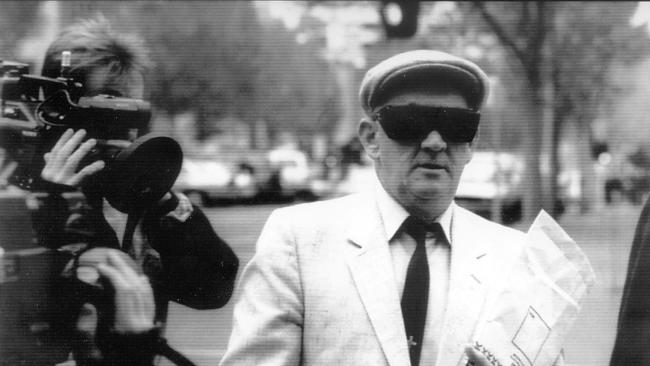
I must disagree with Steve Blacker, who has become a friend of mine over the years. There is more to be said about the life of Gerald Risdale. There is more to be said about the role of the Ballarat Diocese who shuffled Ridsdale from parish to parish and onto new groups of victims. There is more to be said about those members of the Victoria Police Force who failed their communities and whose inaction or downright corruption permitted clerical pedophilia to flourish. There is more to be said, too, of the role of institutions — religious, educational, sporting and cultural — who failed to protect children in their care. There is more to be said for the state of Victoria who is only now peering into the morass of historical offending in state schools where hundreds of children were subject to indignities and where the offenders were quietly moved along to new schools and new victims. Finally, there is more to be said about us as a nation who in that time held the lives of our children cheap.
Steve Blacker is battling with a confusion of emotions today. Steve blames the Catholic Church and the Ballarat Diocese for their failures, not just for the trauma he endures but to the hundreds of other victims, many of whom cannot speak.
“His passing will give survivors little joy, other than to know he will never offend again. But in reality that threat ceased decades ago. It won’t stop the nightmares or flashbacks, nothing does. The only victims who have escaped that fate are no longer with us. Things just got too much for them. I know those heavy thoughts. My thoughts are with them, they often are. I wish they could have hung on just a bit longer.”


